The Tennessee Board of Professional Responsibility had good news last week for Shelby County DA Steve Mulroy regarding four distinct matters charged against him by his persistent adversary, state Senator Brent Taylor, who had included them in his proposed resolution to seek legislative removal of Mulroy.
The board found Mulroy legally blameless in:
1) His decision to take the death penalty off the table in the murder case of Michael Sample, when two different experts concluded that the defendant was intellectually disabled and thus ineligible, under the law, for the death penalty.
2) His decision not to oppose a reduction of a 162-year sentence for a string of nonviolent forgeries in the case of Courtney Anderson.
3) and 4) Two separate allegations that he had engaged in improper “ex parte” communication with a presiding judge outside the presence of opposing counsel.

• The OUTMemphis organization, whose booth is pictured here, was one of several winners in the annual fundraising gumbo contest sponsored by the Tennessee Equality Project.
The 12th annual TEP event was held Sunday at the Memphis Sports and Events Center at Liberty Park, drawing a large crowd of entrants, attendees, and public figures who braved the frigid weather.
Proceeds from the event support a variety of projects which, in the words of TEP, “advance the well-being of LGBTQ people and their families here at home in Tennessee.”
Among the elected politicians on hand were state Senator Raumesh Akbari and state Representative Gabby Salinas. Senator Akbari served as one of five primary judges for the event.
This year’s event was held amid several pending developments in both state and national government of direct interest to the LGBTQ community and on the eve of hearings in the state General Assembly on HB 315/SB 0737, the “Tennessee Covenant Marriage Act.”
That legislation, as described by its chief sponsor, state Representative Gino Bulso (R-Williamson), would allow marital unions “between a man and a woman,” requiring compulsory counseling and excluding “irreconcilable differences” as reasons for divorce.
Bulso said the bill would also challenge the Supreme Court’s 2015 ruling that enabled same-sex marriages.
• President’s Day weekend was notable in other ways as well. On Monday, a sizeable crowd of protesters gathered Downtown to convey their sentiments regarding ongoing actions by the Trump administration.
Former Flyer staffer Chris Davis was there and took the photo below.
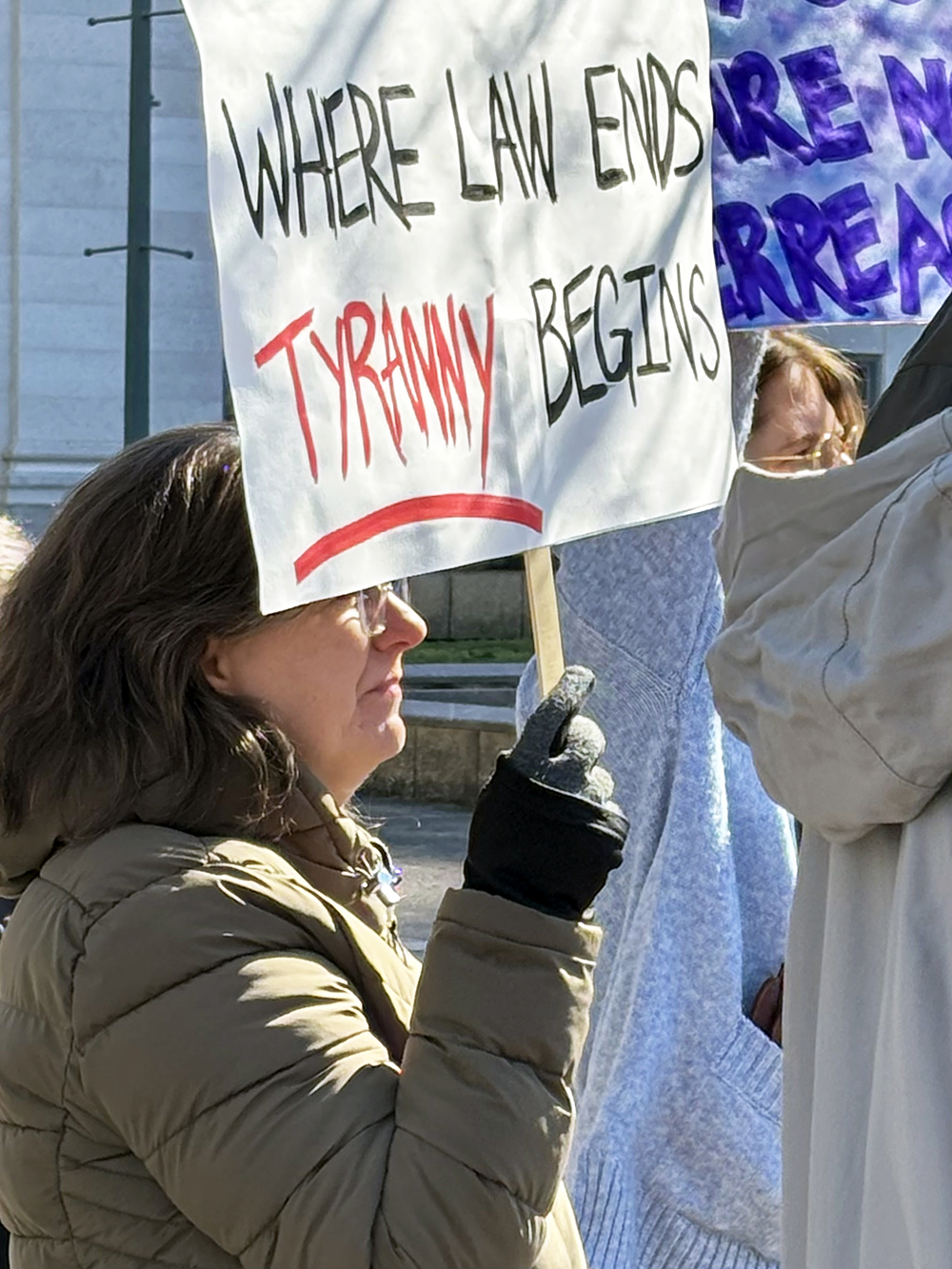


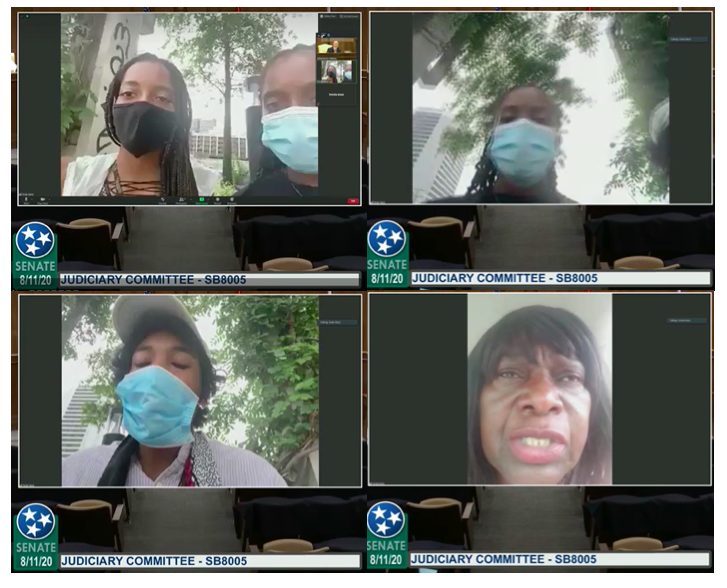 State of Tennessee
State of Tennessee 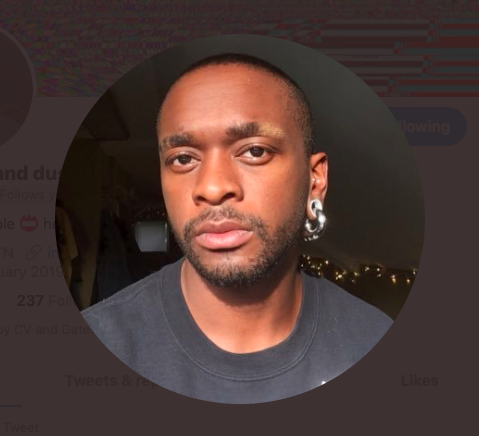 @tommytypo/Twitter
@tommytypo/Twitter 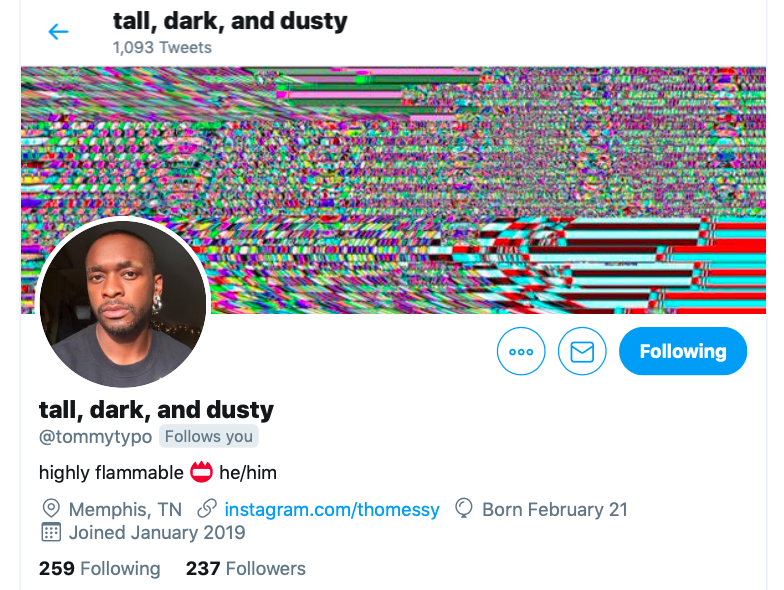
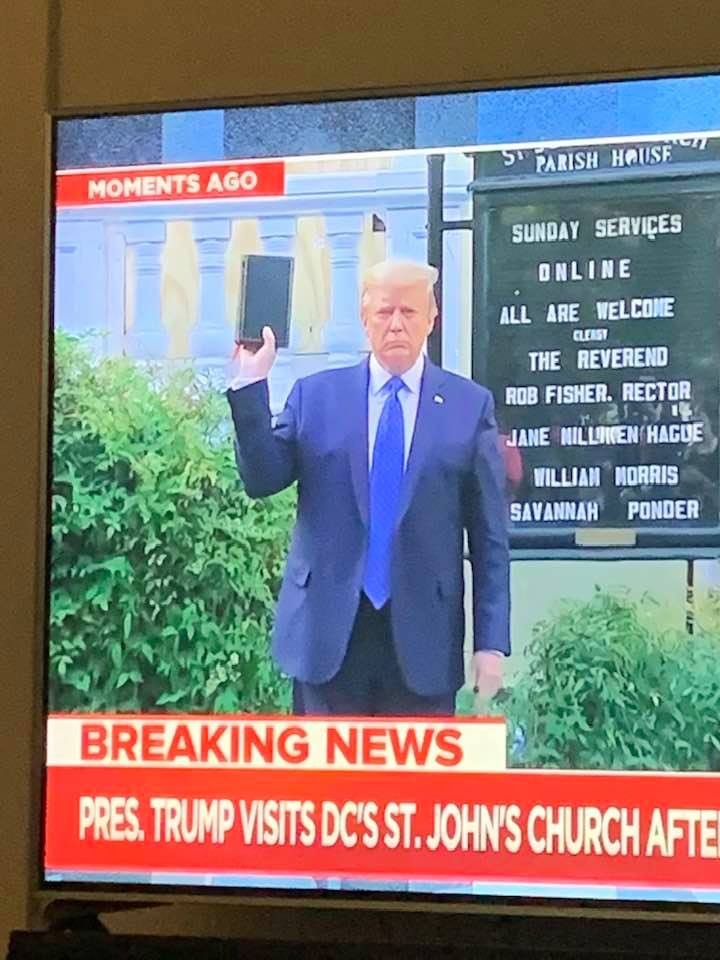
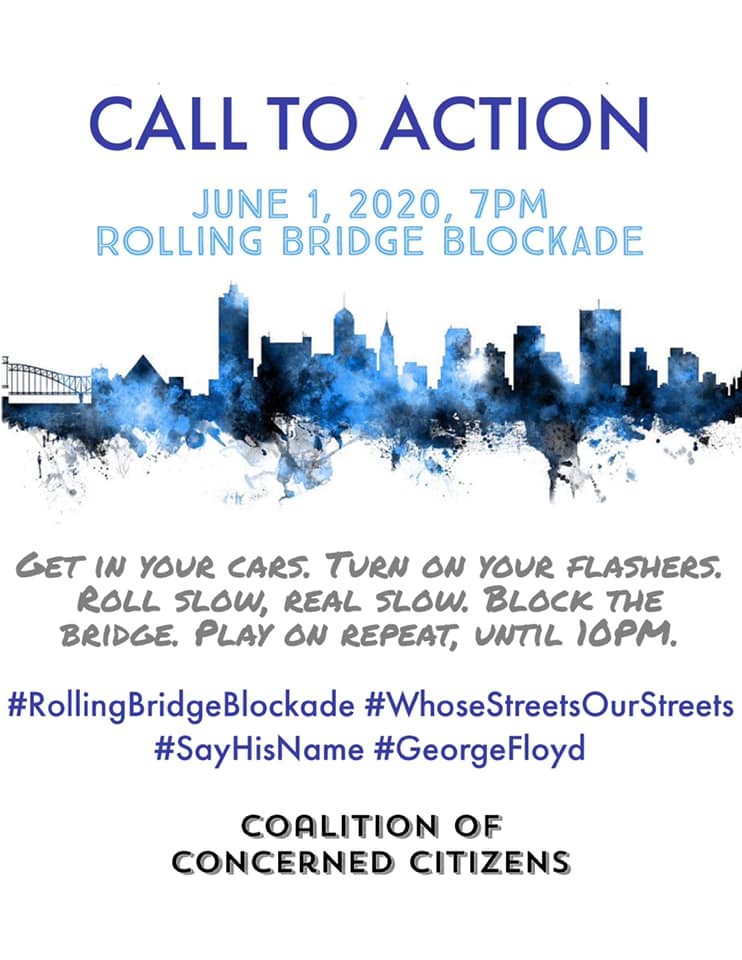 Coalition of Concerned Citizens/Facebook
Coalition of Concerned Citizens/Facebook 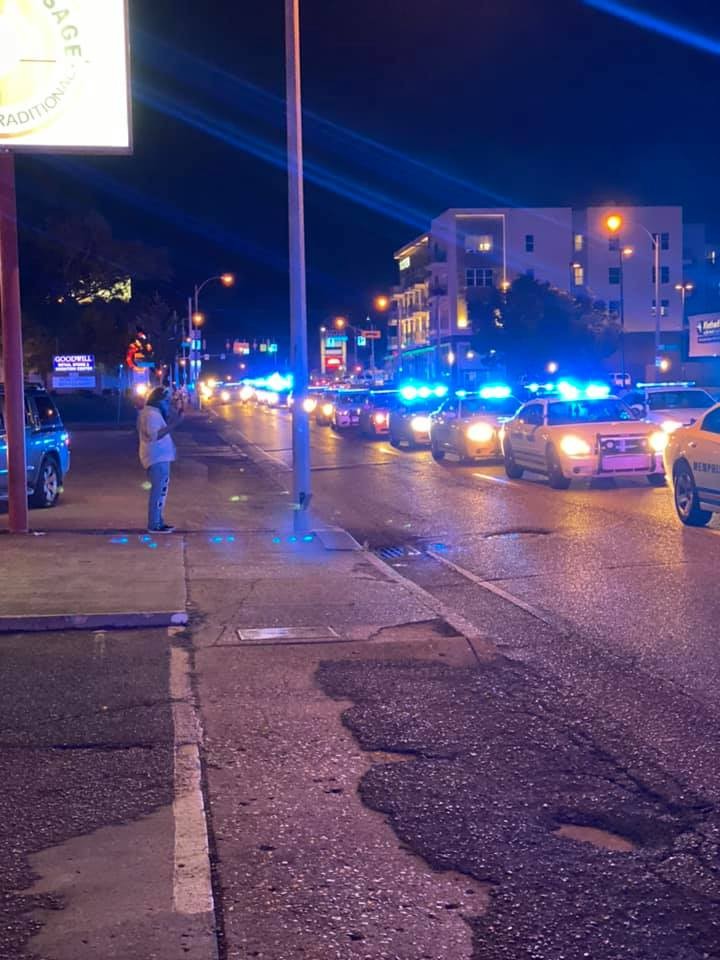 Facebook/Tami Sawyer
Facebook/Tami Sawyer 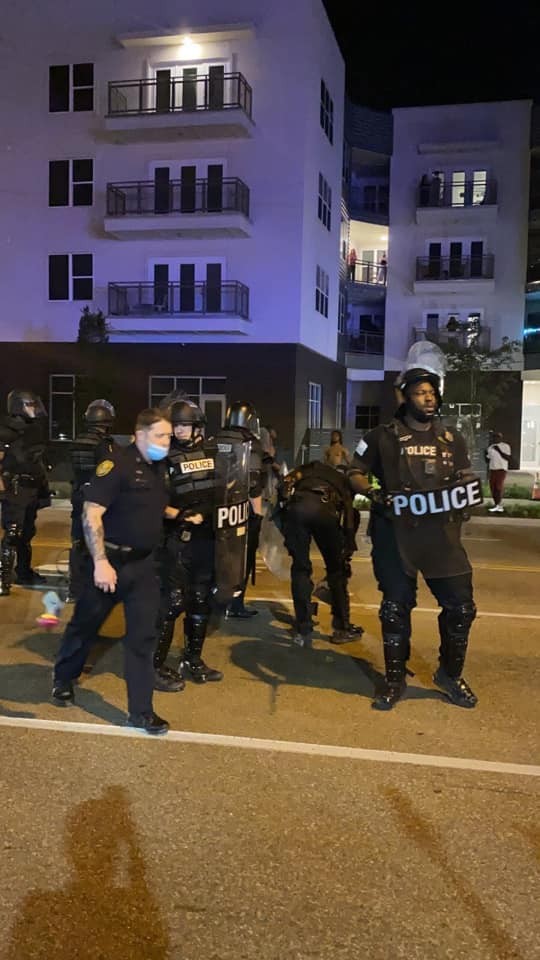 Facebook/Tami Sawyer
Facebook/Tami Sawyer 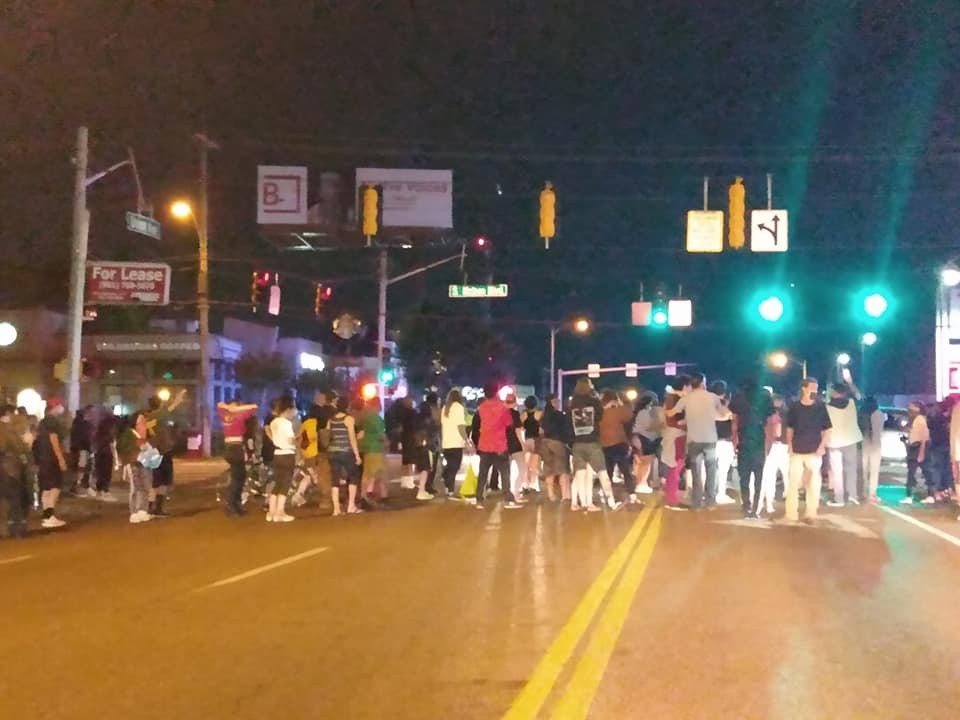 Facebook/Hunter Demster
Facebook/Hunter Demster 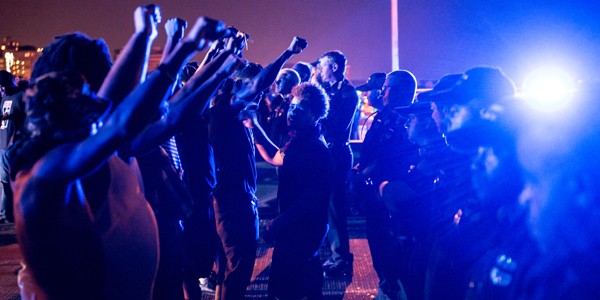 Brandon Dill
Brandon Dill